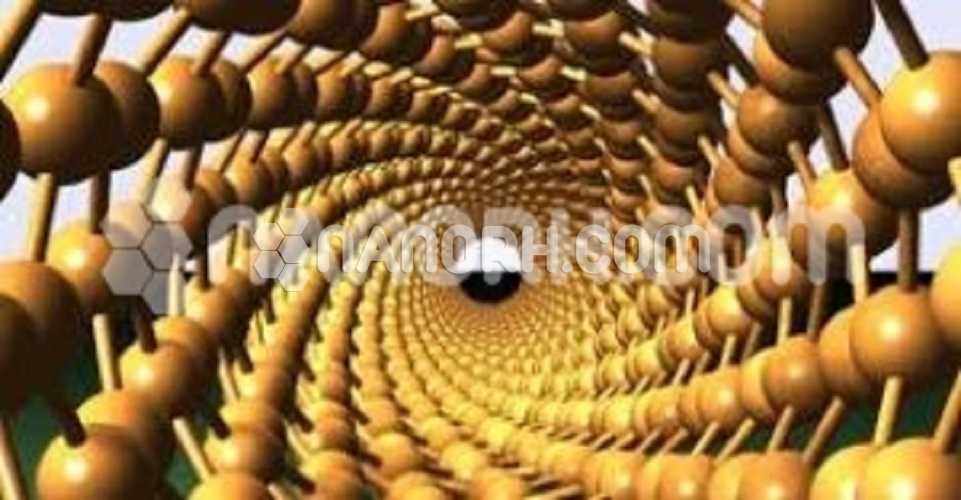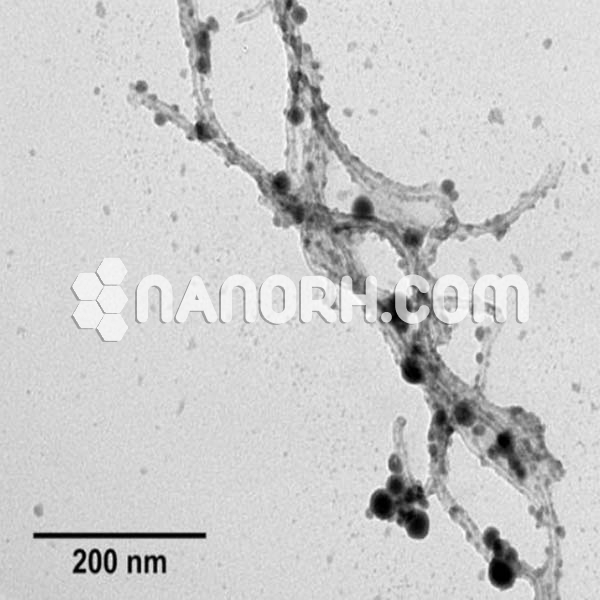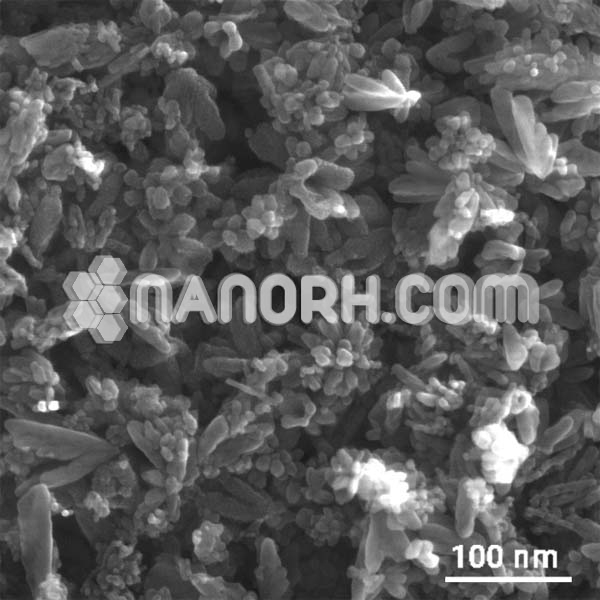| Gold Nanotubes | |
| Product No | NRE-14010 |
| CAS No. | 7440-57-5 |
| Formula | Au |
| Average diameter | 30-50nm |
| Average Length | up to 200µm |
| Purity | 99.9% |
| Molecular Weight | 196.97 g/mol |
| Density | 19.3 gm/cc |
| Melting Point | 1064.43°C |
| Boiling Point | 3080°C |
Gold Nanotubes
Au nanotubes have generated a lot of excitement due to their unique electronic and optical properties. Perhaps the conceptually easiest way to generate gold nanotubes is to limit their growth with templates. Its porosity and wall thickness can be controlled by changing the experimental conditions. Additionally, the resonant frequency of gold nanotube plasmons can be tuned in the visible to near-infrared range by controlling their size and morphology. For example, the absorption peak of gold nanotubes shifts towards blue as the wall thickness increases and towards red as the length of the nanotubes increases. The unique inherent characteristics of the Au nanotube are essential for major biomedical applications. So far, Au nanotubes have been widely applied in catalysis, chemical separations and analysis, biosensing, photothermal therapy, photoacoustic imaging, protein transport, etc. The optical properties of Au nanotubes present possibilities that can be applied to cell therapies involving photothermal ablation and the delivery of light-activated drugs. In this article, we first summarize the different synthesis methods and properties of Au nanotubes. Therefore, the factors that can influence the morphology and properties of gold nanotubes were also discussed. Finally, we review advances in the biomedical application of Au nanotubes in biosensors, protein transport, photothermal therapy, and medical imaging.




